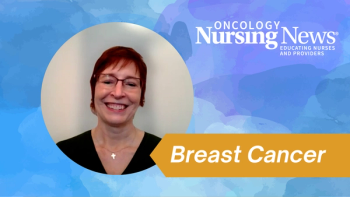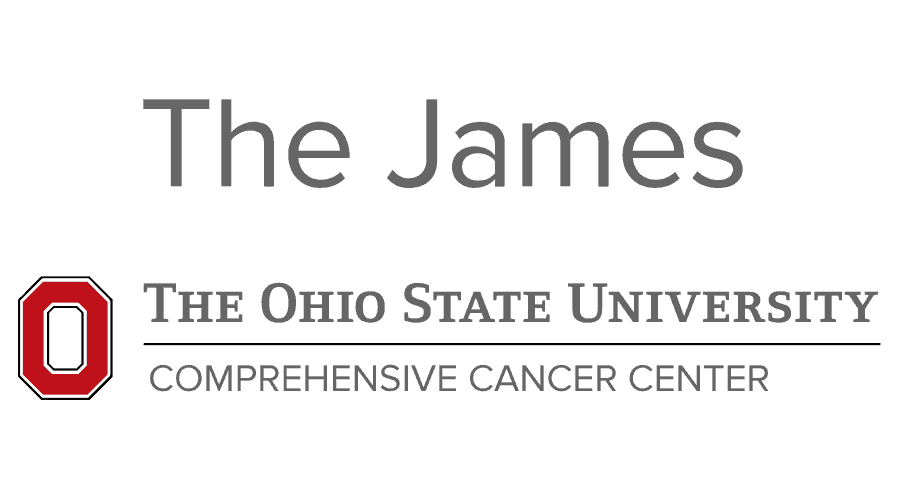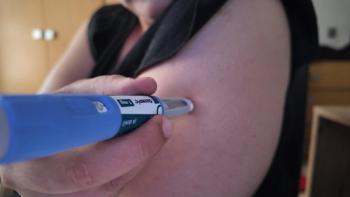
Clinical Nurse Specialist Explains Meaning and Impact of Implicit Bias on Patients

Kathy Burns, MS, APRN-CNS, AGCNS-BC, Arthur G. James Cancer Hospital and Richard J. Solove Research Institute, comments on the importance of being mindful about one’s implicit bias in the treatment of patients with cancer who have substance use disorders.
A recent survey completed by nurses and APPs revealed that many health care professionals may be blind to their own implicit biases.
In an interview with Oncology Nursing News, Kathy Burns, MS, APRN-CNS, AGCNS-BC, a benign hematology clinical nurse specialist at James Cancer Hospital, and study co-author, explains the meaning of implicit bias and how oncology nurses can improve patient interactions by becoming more aware of how the issue impacts them.
“I think it's very important to understand: What is implicit bias? There's many components to it from a scientific standpoint, but from a basic standpoint, is unconscious, it's unintentional. And it's a way our brain has evolved over many years for survival status to process our environment,” said Burns. “So consciously, as health care providers, [through] medical school and nursing school, we are taught not to be prejudiced, we're not taught to treat all people equal. And I think we consciously come in with that with great intentions. But it's the unconscious, the unintentional interactions that a patient may pick up during an interview process communication, [or] in an assessment.”
“In understanding a lot going on in the world—pandemic, opioid crisis, all these things—how is that changing our perception of the patients who care for? How has all that changed them and their needs? How [can we] interact, reach out. and be able to meet their needs, from that standpoint, too?” she added.
Newsletter
Knowledge is power. Don’t miss the most recent breakthroughs in cancer care.






























































































